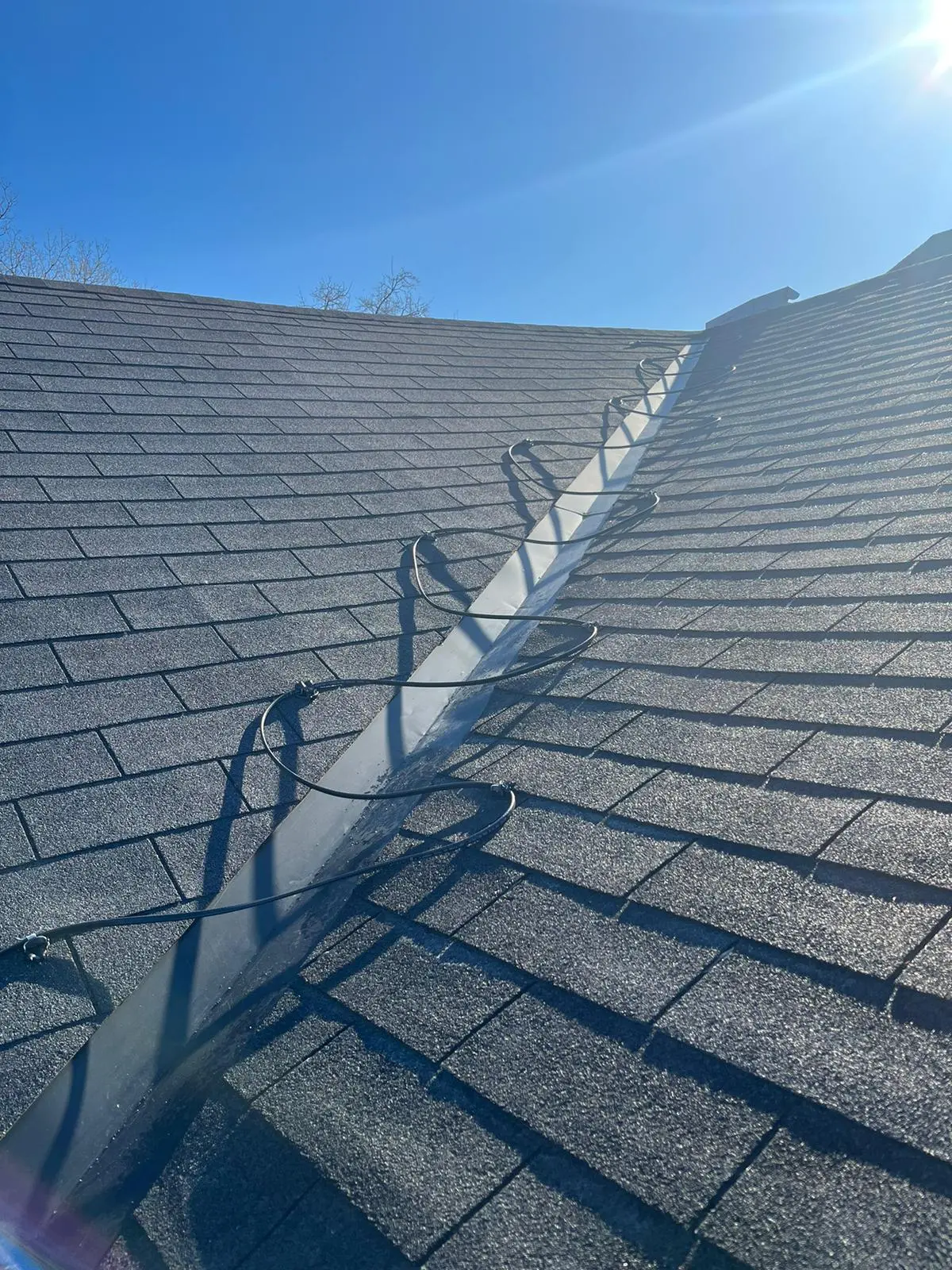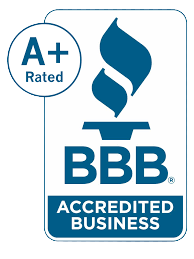
Canadian Seasonal Roofing Services for Your Home
The quality and longevity of commercial roofs significantly rely on seasonal roofing services. These services are tailored to address the particular challenges that each season brings. Ensuring your roof is in good condition throughout the year can help maintain its endurance, prevent costly repairs, and extend its lifespan.
Winter Roof Inspection and Preparation
Before the winter weather sets in, it’s essential to inspect your roof to check for any damage that might worsen with snow and ice. Winter conditions, especially freezing temperatures and heavy snowfalls, can exacerbate minor issues. Look for cracked or missing flashing, damaged shingles, or leaks that may let in water. Ice dams can also cause significant damage, so inspecting the insulation and ventilation to ensure proper air circulation is crucial.
Canadian Seasonal Roofing Services
Cleaning and Maintaining the Roof: During the winter, debris such as leaves and branches can accumulate, blocking gutters and causing water to pool. This can lead to water damage or ice dams. Clearing the roof of debris and cleaning the gutters to ensure proper drainage can help protect your roof from these issues.
Additional Preparations for Winter: If your roof has a history of ice dams, it’s wise to consider installing heated cables in the eaves to help prevent ice buildup. Additionally, checking for any small gaps or cracks in the roof’s flashing and ensuring that they are sealed will help prevent water from infiltrating your home and causing internal damage.
Summer Roof Maintenance
Canadian Seasonal Roofing Services
When summer arrives, the focus shifts to preparing the roof for the intense heat and UV exposure it will face. High temperatures and UV radiation can cause roofing materials to degrade faster, leading to cracks, leaks, and other issues. Start by inspecting shingles for any signs of deterioration, such as curling, cracking, or blistering.
Proper Ventilation: Adequate ventilation during the summer is also essential to prevent heat buildup in the attic. Without proper airflow, the roof structure can become overheated, leading to premature aging of shingles and increased energy consumption. Installing vents or improving attic ventilation helps to prevent this and keeps your home cool.
Protection from UV Radiation: UV rays can cause roofing materials to fade and lose their protective properties over time. Applying a protective coating or sealant to your roof can help shield it from UV radiation, ensuring it remains durable and long-lasting.
Fall Gutter Cleaning and Roof Inspection
As the fall season approaches, the main priority should be cleaning gutters to prevent clogging from falling leaves. Clogged gutters can block water drainage, leading to water overflow that may damage your roof and foundation.
Roof and Gutter Inspection: Fall is also a great time to inspect your roof for any damage caused by debris or storms that occurred during the summer. Look for loose shingles, cracked flashing, or gaps that need to be addressed before winter. Repairing any issues now can prevent further damage and ensure your roof is prepared to handle the colder months.
Preparation for Winter: As part of the fall preparation, be sure to schedule a professional inspection to check for any damage that could worsen in freezing temperatures. Repairing minor cracks or replacing damaged shingles now can save you from costly repairs later.
Winter Roof Maintenance and Inspection
Winter brings unique challenges, including snow buildup, ice dams, and freezing temperatures. Before the full force of winter hits, conduct a final inspection of your roof to address any lingering issues. Be sure to check that the attic is well-insulated to prevent heat loss, as inadequate insulation can contribute to ice dam formation.
Dealing with Ice and Snow: If you live in an area prone to heavy snowfall, make sure to remove snow from the roof periodically. Accumulated snow can add excessive weight to the roof, potentially leading to structural damage. Additionally, keep an eye out for ice dams, which can cause leaks and damage to your roof. Consider hiring professionals to safely remove snow and ice buildup from your roof when needed.
Common Seasonal Roof Issues and Their Solutions
Canadian Seasonal Roofing Services
Spring Roof Issues
After winter, your roof may have sustained damage from snow, ice, or heavy winds. This can lead to leaks, cracked shingles, and compromised flashing.
Solution: A roofing professional can conduct a thorough spring inspection to assess the extent of the damage. Damaged shingles should be replaced, leaks sealed, and flashing repaired to restore the roof’s integrity.
Summer Roof Maintenance Problems
Summer’s heat and UV radiation can cause roofing materials to deteriorate, leading to cracks, blistering, or warping. Over time, exposure to intense sunlight can compromise your roof’s ability to protect your home.
Solution: Regular summer maintenance includes inspecting the roof for signs of wear, resealing or re-coating materials, and ensuring proper attic ventilation to prevent heat buildup.
Fall Roof Preparation Issues
With the arrival of autumn, leaves, branches, and other debris can accumulate on the roof, potentially causing clogs in the gutters and downspouts. This can lead to water damage if left unchecked. Additionally, loose or damaged shingles can create vulnerabilities for the roof when winter arrives.
Solution: Clean the gutters and remove any debris from the roof. Conduct a thorough inspection to ensure no shingles are damaged, and replace them if necessary. Sealing gaps or cracks and reinforcing the roof structure will prepare it for the harsh winter months.
Winter Maintenance Issues
Canadian Seasonal Roofing Services
Winter weather brings heavy snow, ice dams, and freezing temperatures, all of which can contribute to roof leaks, ice buildup, and even structural damage. If left unchecked, these issues can cause serious damage to your roof and home.
Solution: Regularly remove snow from the roof to prevent excess weight, and address ice dam formation as soon as possible. Ensure that the roof is properly insulated and ventilated to prevent heat loss and ice-related damage.
Roof Repair Tips for Seasonal Issues
- Conduct a Thorough Inspection: Inspect the roof for damage caused by the previous season. Look for leaks, cracks, or other signs of wear that need attention.
- Consult with a Professional: If damage is extensive or you’re unsure about repairs, it’s best to consult with a roofing contractor. They have the experience and tools necessary to perform safe, effective repairs.
- Develop a Repair Plan: Work with the roofing contractor to determine the best course of action. They can advise on the materials required and provide cost estimates.
- Perform Necessary Repairs: Repair damaged shingles, flashing, or leaks to restore the roof’s function. For severe structural damage, consult a professional for expert repairs.
How to Calculate Roof Area for Different Roof Types
Flat Roof Calculation
For a flat roof, you can calculate the roof area by multiplying the length and width of the building:
Roof Area = Length x Width
Example:
Length = 20m, Width = 15m
Roof Area = 20m x 15m = 300 square meters
Gable Roof Calculation
To calculate the area of a gable roof, use the formula:
Roof Area = Length x Width x Correction Factor
Correction factor depends on the slope of the roof.
Hip Roof Calculation
For a hip roof, calculate the area as follows:
Roof Area = (Length x Width) + (0.5 x Hip Length x Hip Width) + (Hip Length x Height)
Why Choose Us for Your Roofing Needs
Experience and Expertise
Our roofing professionals bring years of experience and expertise to every project. We’ve completed numerous commercial and residential roofing projects, handling a wide range of materials, systems, and weather challenges.
Quality Workmanship
We pride ourselves on providing the highest-quality workmanship. Our roofing technicians are trained to handle repairs, installations, and maintenance with precision and attention to detail.
Comprehensive Roofing Services
We offer a wide variety of roofing services, from new installations to emergency repairs and regular maintenance. Whether you need help with a flat roof, gable roof, or any other system, we’ve got you covered.
Customer Satisfaction Guaranteed
Our commitment to customer satisfaction means we’ll work closely with you to understand your needs and ensure that every roofing service meets your expectations. From the initial consultation to the completion of the project, we prioritize clear communication and high-quality service.


